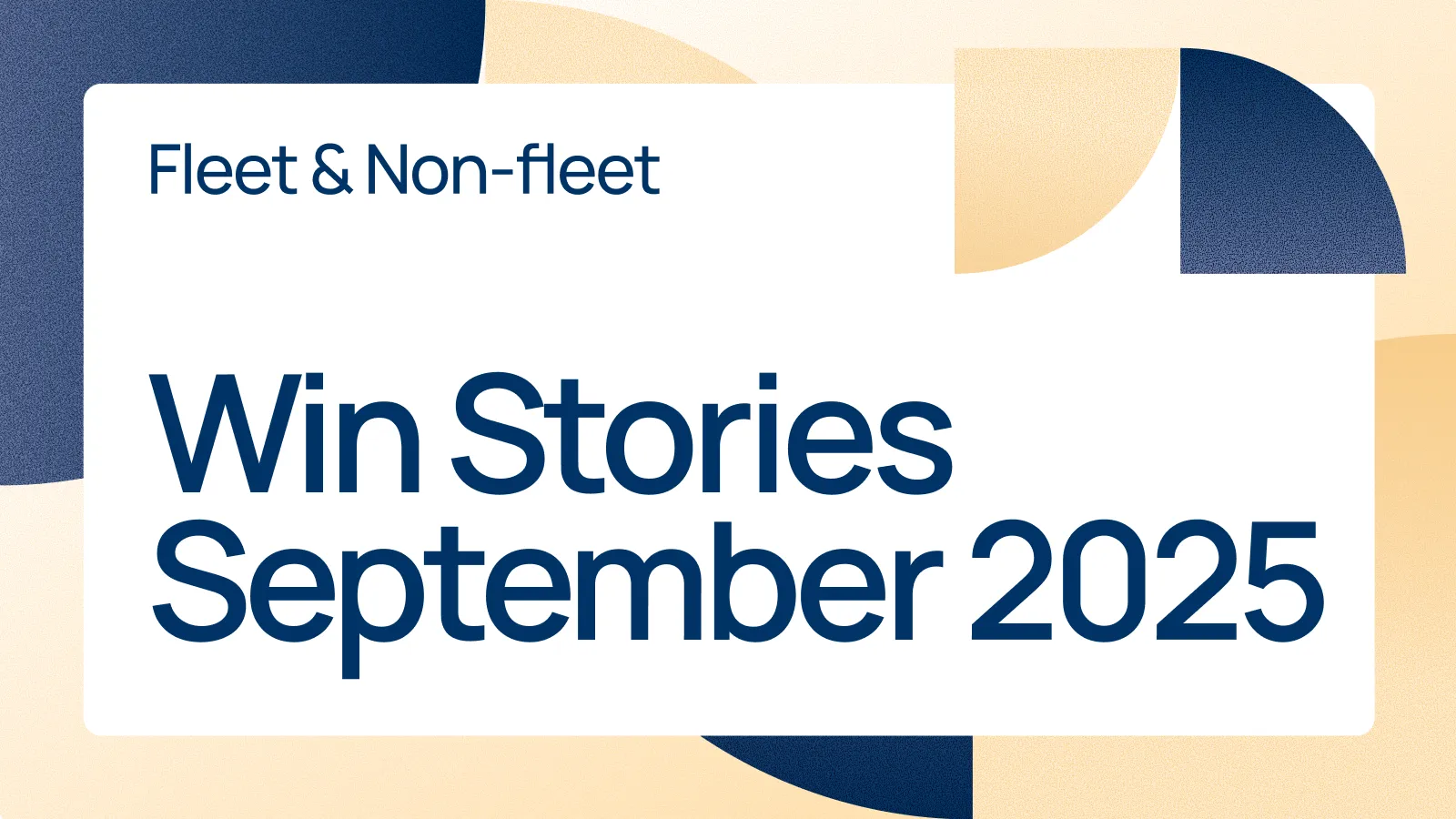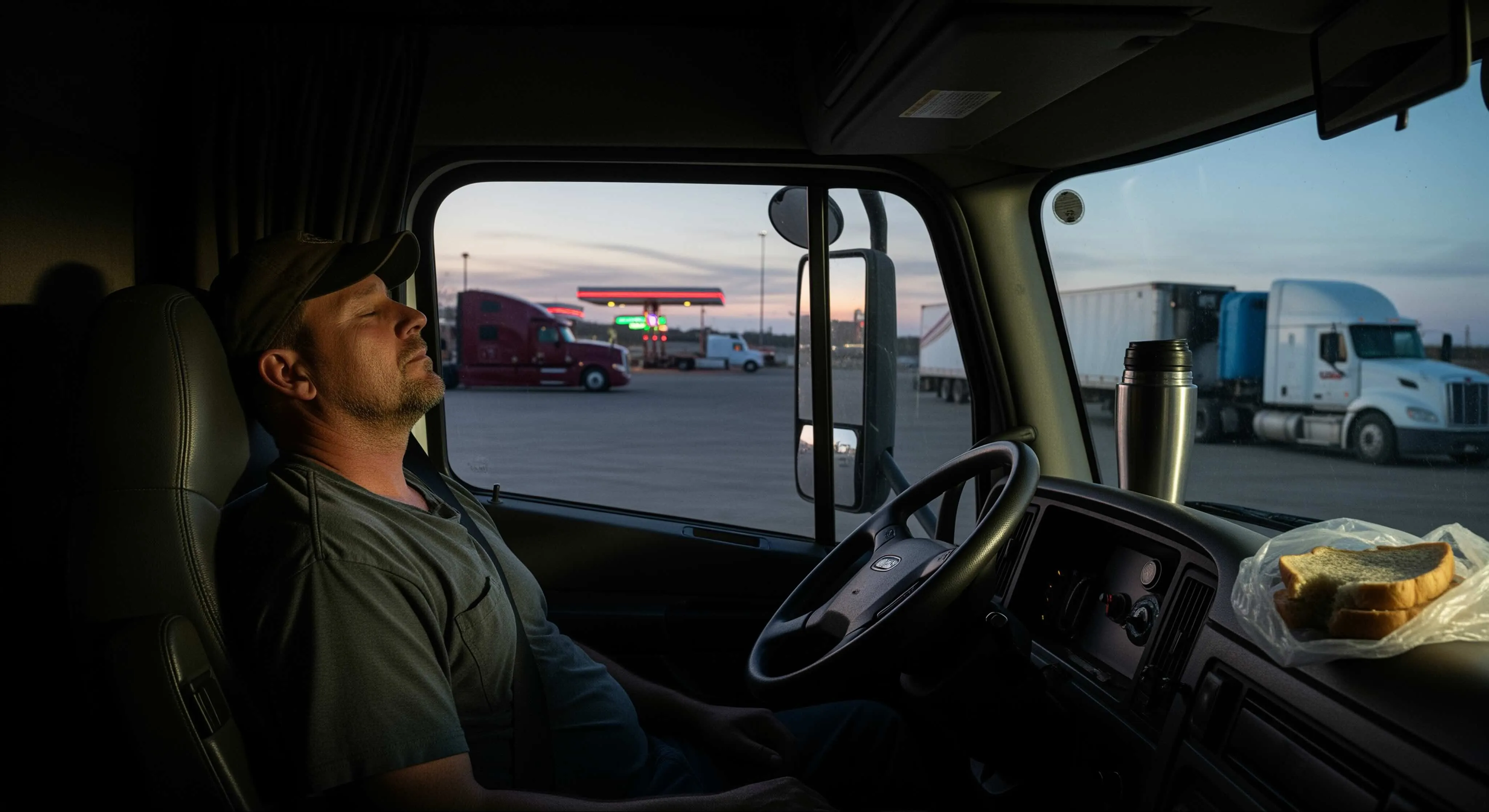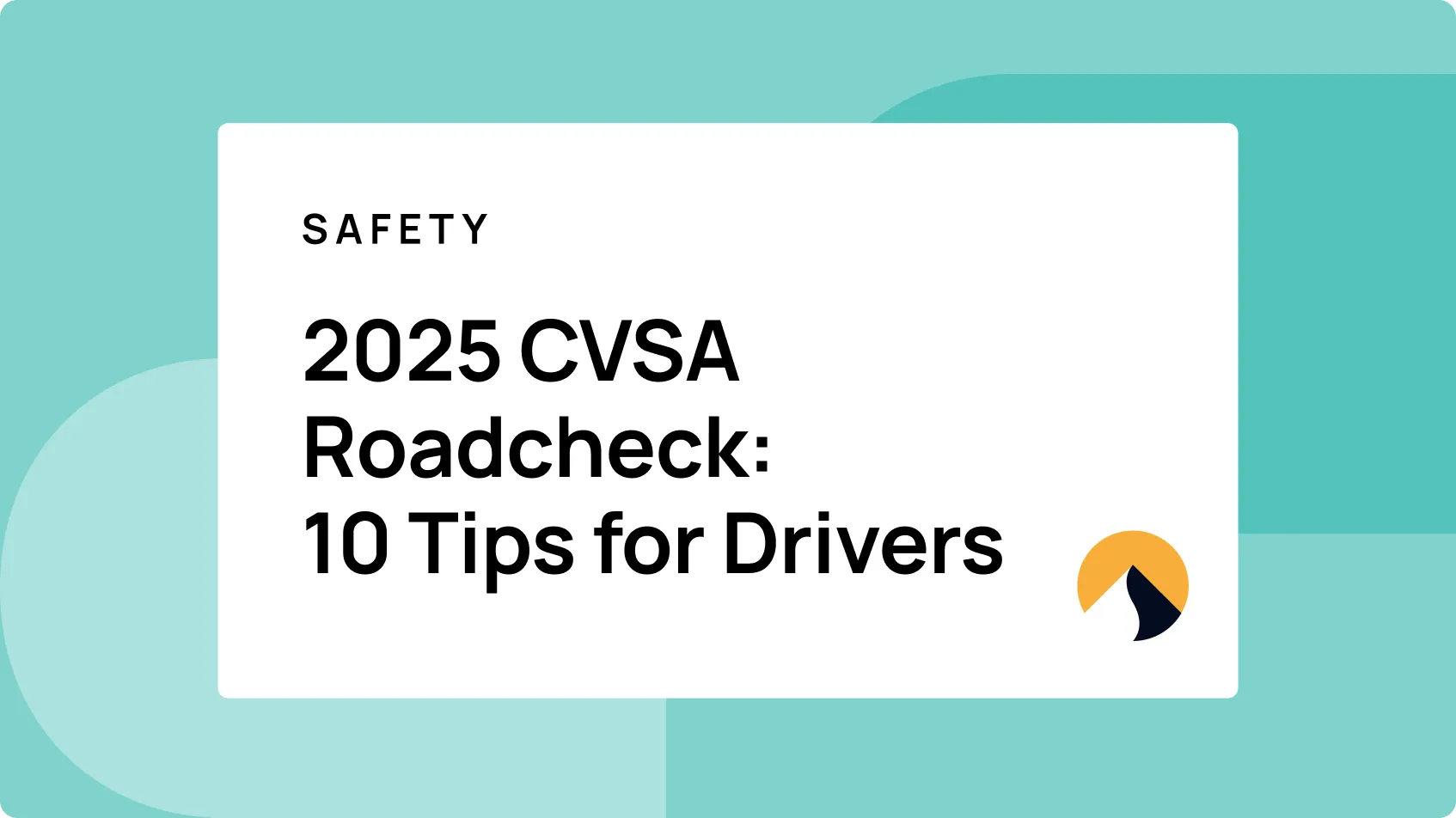The road ahead remains bumpy
As we enter the second half of 2025, fleet operators continue to navigate a bumpy landscape. Spot rates remain soft, freight volumes are inconsistent, and tariff wars are back in play as the U.S. prepares to reimpose certain trade tariffs in August (unless new agreements are reached).
It isn’t just noise, it’s a real risk to operators across the country and it’s putting relentless pressure on your margins. In this environment financial resilience isn’t optional, it’s essential. One of the most overlooked ways to build resilience is by rethinking your insurance.
Traditional insurance was built for stability – but 2025 is anything but
Traditional commercial policies operate on an outdated model: fixed premiums, rigid minimums, and little flexibility. This may have worked in a stable, predictable economy. But in today’s market, it means you’re overpaying when your trucks slow down and possibly getting penalized for right-sizing your operation. In a year where every mile and every dollar counts, that is an inefficient way to operate.
Assessing your fleet's financial vulnerability
In 2024, we analyzed hundreds of fleets millions of miles driven and found that 39% of fleets drove less than 90% of their forecasted miles. This trend has continued in 2025, with many operators citing tariff-related slowdowns, reduced port volumes, and regional freight gaps as key drivers.
Here’s the uncomfortable truth: you might be paying for miles that were never driven, and never will be.
Ask yourself:
- How much did we spend insuring idle equipment?
- Are we locked into minimums that assume steady growth in an unsteady market?
- Are our insurance costs aligned with our operational output?
- What's my per-mileage cost when we factor in unused miles?
Your answers can help reveal how financial vulnerable your current insurance structure actually is.
A smarter way: Usage-based insurance
What if your insurance actually scaled with your business? That’s exactly what usage-based insurance does. It flexes based on real fleet activity. Drive fewer miles? Pay less. Ramp up? Your coverage grows with you — automatically.
With Nirvana’s usage-based model, you unlock:
- No minimum mile commitments to free you from penalties or overpayments
- Safety insights to help your fleet operate safer and save you money
- Pricing transparency to clearly know your per-mile insurance expense
It’s a strategic upgrade to one of your top expenses.
"Most insurance programs are built for predictability—but the market hasn’t been predictable for several years. What happens when you over-forecast for your fleet? You end up paying for miles you’ll never drive. It’s wasted money and can add financial burden to any fleet.” Alex Carges, Co-Founder & Head of Insurance at Nirvana.
Nirvana: Built for resilience, backed by A+ strength
While traditional carriers keep billing fleets for coverage they may or may not be using, Nirvana’s clients are better positioned to weather a storm. Whether freight rebounds or contracts further, Nirvana insurance scales with you; seamlessly, automatically, and without the need for constant renegotiations.
We combine innovation with solid insurance paper. Our policies are backed by MS Transverse (MST) and recently upgraded to A+ (Superior) by AM Best.
The second half of 2025 is expected to be a bumpy one; especially if tariffs resume, and global trade tightens amid geopolitical uncertainty. But your fleet doesn’t have to be caught off-guard.
Switching to a mileage-based policy from Nirvana:
- Protects your bottom line against unpredictable market downturns
- Aligns costs to true performance, not projections
- Saves money moving beyond a fixed-bill, knowing your costs adjust intelligently with actual operations
The market won’t stabilize overnight. But your insurance costs can. Let Nirvana help you build the financial resilience you’ll need for the second half of the year.
The road ahead remains bumpy
As we enter the second half of 2025, fleet operators continue to navigate a bumpy landscape. Spot rates remain soft, freight volumes are inconsistent, and tariff wars are back in play as the U.S. prepares to reimpose certain trade tariffs in August (unless new agreements are reached).
It isn’t just noise, it’s a real risk to operators across the country and it’s putting relentless pressure on your margins. In this environment financial resilience isn’t optional, it’s essential. One of the most overlooked ways to build resilience is by rethinking your insurance.
Traditional insurance was built for stability – but 2025 is anything but
Traditional commercial policies operate on an outdated model: fixed premiums, rigid minimums, and little flexibility. This may have worked in a stable, predictable economy. But in today’s market, it means you’re overpaying when your trucks slow down and possibly getting penalized for right-sizing your operation. In a year where every mile and every dollar counts, that is an inefficient way to operate.
Assessing your fleet's financial vulnerability
In 2024, we analyzed hundreds of fleets millions of miles driven and found that 39% of fleets drove less than 90% of their forecasted miles. This trend has continued in 2025, with many operators citing tariff-related slowdowns, reduced port volumes, and regional freight gaps as key drivers.
Here’s the uncomfortable truth: you might be paying for miles that were never driven, and never will be.
Ask yourself:
- How much did we spend insuring idle equipment?
- Are we locked into minimums that assume steady growth in an unsteady market?
- Are our insurance costs aligned with our operational output?
- What's my per-mileage cost when we factor in unused miles?
Your answers can help reveal how financial vulnerable your current insurance structure actually is.
A smarter way: Usage-based insurance
What if your insurance actually scaled with your business? That’s exactly what usage-based insurance does. It flexes based on real fleet activity. Drive fewer miles? Pay less. Ramp up? Your coverage grows with you — automatically.
With Nirvana’s usage-based model, you unlock:
- No minimum mile commitments to free you from penalties or overpayments
- Safety insights to help your fleet operate safer and save you money
- Pricing transparency to clearly know your per-mile insurance expense
It’s a strategic upgrade to one of your top expenses.
"Most insurance programs are built for predictability—but the market hasn’t been predictable for several years. What happens when you over-forecast for your fleet? You end up paying for miles you’ll never drive. It’s wasted money and can add financial burden to any fleet.” Alex Carges, Co-Founder & Head of Insurance at Nirvana.
Nirvana: Built for resilience, backed by A+ strength
While traditional carriers keep billing fleets for coverage they may or may not be using, Nirvana’s clients are better positioned to weather a storm. Whether freight rebounds or contracts further, Nirvana insurance scales with you; seamlessly, automatically, and without the need for constant renegotiations.
We combine innovation with solid insurance paper. Our policies are backed by MS Transverse (MST) and recently upgraded to A+ (Superior) by AM Best.
The second half of 2025 is expected to be a bumpy one; especially if tariffs resume, and global trade tightens amid geopolitical uncertainty. But your fleet doesn’t have to be caught off-guard.
Switching to a mileage-based policy from Nirvana:
- Protects your bottom line against unpredictable market downturns
- Aligns costs to true performance, not projections
- Saves money moving beyond a fixed-bill, knowing your costs adjust intelligently with actual operations
The market won’t stabilize overnight. But your insurance costs can. Let Nirvana help you build the financial resilience you’ll need for the second half of the year.












